The Saigon River and the space on both sides of its banks are identified as the “frontage” for developing a modern urban strip in the planning adjustment of Ho Chi Minh City to 2040. To do so, there must be a riverside route to develop trade and services, create landscape highlights, develop green economy , develop tourism, and create residential clusters interspersed with green spaces.
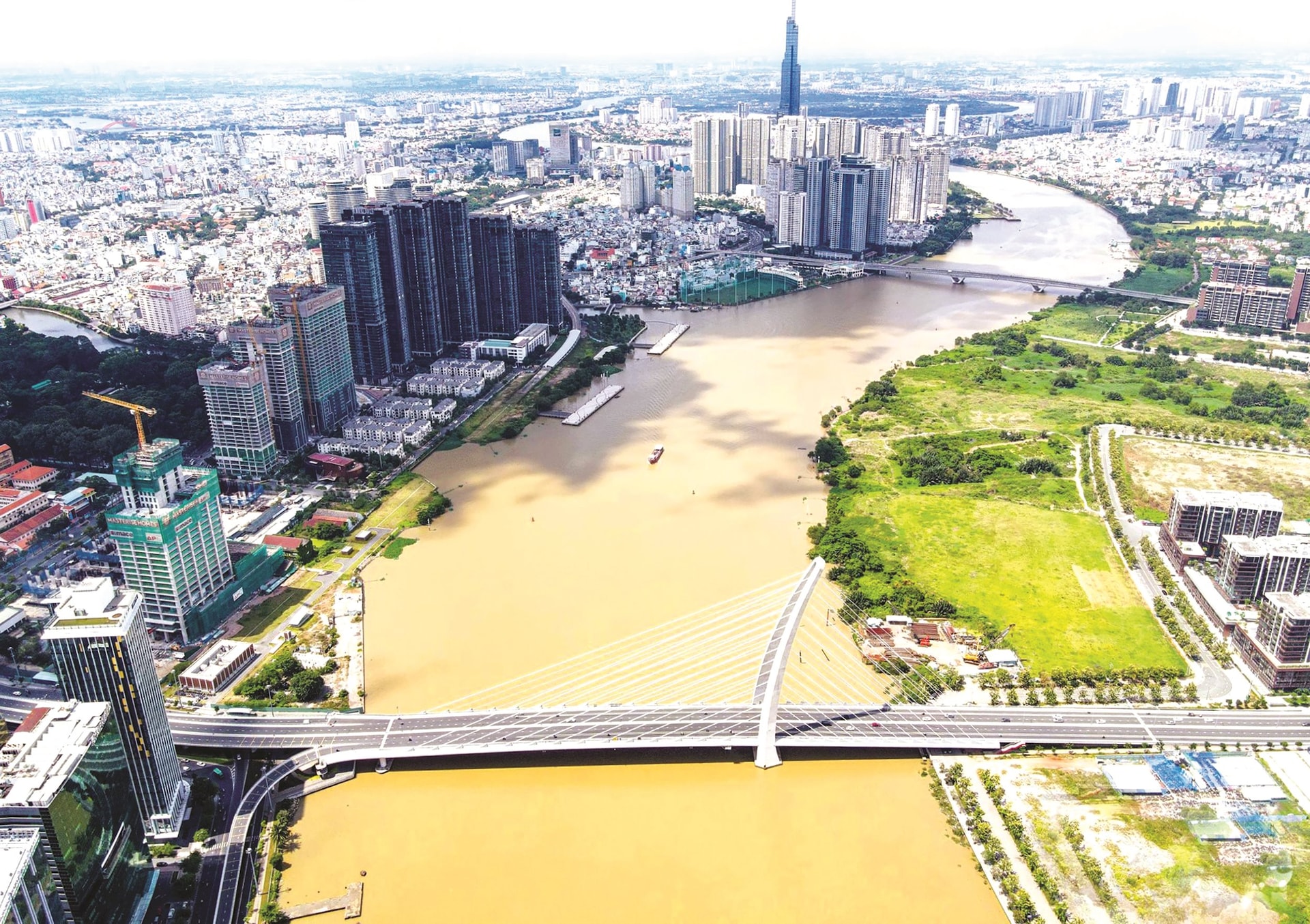
1.
Can Le Stream in Binh Phuoc Province is the source of the 256km long Saigon River, converging with the Dong Nai River at Nha Be and then splitting into two called Long Tau River and Soai Rap River. Therefore, there is a song "Nha Be water flows into two/ Whoever returns to Gia Dinh, Dong Nai then returns" from the time of the Nguyen Lords who migrated to expand the land in the South. Soai Rap River is also the Saigon River - the source of life for the 40,000 hectares of Can Gio Sac forest before flowing into the sea, a total of 80km long flowing through Ho Chi Minh City.
When flowing through the center of Ho Chi Minh City, with a water surface width of 225-370m, a depth of about 20m, the Saigon River meanders, gently carrying alluvium to create Thanh Da peninsula (6.35km²) and Thu Thiem peninsula (7.31km²). Thanh Da peninsula has been urbanized for a long time, the rest is not yet a city, not yet a countryside. Thu Thiem peninsula is gradually becoming the most modern urban area in the country and still retains most of the green canals with hundreds of wild plants and the sound of the lapwing calling the tide twice a day. That is the rare uniqueness that the Saigon River favors for people.
For over 300 years, Saigon has not been a “riverside” city but an urban area located in the middle of a river with a dense system of canals. Continuously from the 17th to the 20th century, Saigon, from an unknown place, became a port city, a water traffic hub to the West and the East, leading the country’s trade.
Saigon “grew up” with its own riverine identity, which is the cultural origin of Ho Chi Minh City today. In addition to the Saigon River, there are Ben Nghe - Tau Hu canal (about 22km), Nhieu Loc - Thi Nghe canal (nearly 8km), Tham Luong - Ben Cat - Nuoc Len canal (31km), Xuyen Tam canal (6.2km), Tan Hoa - Lo Gom canal (7.24km) which “thank God” have not been filled in, but have been and are being renovated, restored, and restored to their original state with a gradually less polluted flow, restoring the historical landscape to the increasingly concreted city.
However, up to now, the potential of this river ecosystem has not been exploited much, mainly for water transport, while other great benefits are still potential, or rather, the prosperity of this river has not been exploited.
Rivers and canals are formed by nature, while urban areas with complex infrastructure are created by humans. Rivers and canals, or more broadly, the space of rivers and canals in Ho Chi Minh City, are symbols of the urban face with the role of a large public space, closely related to sustainable development, so it is necessary to plan for development to ensure diverse functions and protect the natural ecosystem.
2.
According to the adjusted planning project to 2040, with a vision to 2060, Ho Chi Minh City will have about 17.4 million people in 2040, increasing to 20 million people in 2060 and the goal will be to be the economic - financial - service center of Asia, so it will develop according to the multi-center urban model, taking the Saigon River corridor as the "front" to develop the urban strip on both sides of the river, that is, "pivoting" towards the Saigon River to exploit the advantages of the river.
Therefore, the Joint Venture of Consulting Organizations of Vietnamese Scientists and Experts Global (AVSE Global) and the Paris Regional Planning Institute, France (IPR) proposed dividing the Saigon River corridor into 4 sub-zones along the length of the river to develop the advantages of space, the coastal corridor in parallel with preserving historical and cultural values, especially building 17 coastal parks - also spaces on the wharf and under the boat, focusing on cultural activities, arts, festivals, promotion, trade promotion, tourism, services associated with the space and life of the river in Ho Chi Minh City and the Mekong Delta.
The first subdivision is the Saigon River section through Cu Chi district, the two banks of which are still relatively wild, so it is reserved for developing a natural park to preserve the landscape, combined with the development of high-tech agriculture.
The second subdivision is mostly located on the border between Ho Chi Minh City and Binh Duong province, which is a suburban area and will develop an agricultural ecological park to develop tourism.
The third subdivision focuses on Thanh Da peninsula (Binh Thanh district) and the surrounding area to develop high-density mixed-use urban areas and green parks, and flooded entertainment areas.
Finally, the section through the city center, from the Dong Nai River junction to Saigon Bridge, is the entrance to the urban core area, so the Saigon River corridor is aimed at becoming a multifunctional complex with modern works.
The consulting unit also proposed that Tan Thuan area (District 7) build a cultural, commercial and service area of international scale, and at the same time plan the Saigon River corridor connecting to Soai Rap River in Can Gio to develop the marine economy.
The development orientation of the river corridor will be based on the principle of preserving natural, cultural and historical values but exploiting them reasonably during the development process.
To do so, in the coming years, when the road on the left bank has not been built, the right bank of the Saigon River must have a 63km, 4-lane road, because if it has 6 or 8 lanes, it will be "too wide", not suitable for the water surface, connecting from Mui Den Do at Nha Be intersection where the water flows in two (District 7) to Ben Suc bridge (Cu Chi district). This route connects Cu Chi district - Hoc Mon district - District 12 - Binh Thanh district - District 1 - District 2 - District 4 - District 7, instead of driving for more than two hours, it will take about 30 minutes from the north of Cu Chi to the city center. This route also connects Ring Roads 2, 3, 4 and expressways.
The Saigon River Road Project is among the key projects that Ho Chi Minh City leaders have included in the priority investment and construction plan from 2024 to 2030.
In the immediate future, the road section from Ba Son Bridge to Tan Cang will be 31-35m wide, the section from Saigon Bridge to Thanh Da will be 20-50m wide, connecting from Ton Duc Thang Street, District 1 to Tan Cang, Thanh Da, Binh Thanh District (passing two residential areas in the area, Saigon Pearl and Vinhomes). When completed, the route will open a new direction from Thanh Da to the central area, creating more space for people to access the river and own the most expensive "frontage" in Ho Chi Minh City.
The National Assembly has issued Resolution 98 on piloting a number of specific mechanisms and policies for the development of Ho Chi Minh City, creating conditions for Ho Chi Minh City to unleash resources, create momentum for development, and maximize potential and strengths, especially roads and waterways along and on the Saigon River.
3.
The river is an important element of the urban area, so in the overall planning, it must be preserved - developed - renovated to fully exploit its advantages. The Saigon River is a gift from nature. If it is built and renovated according to the plan, in 10-15 years it will be a beautiful landscape of the Ho Chi Minh City metropolis, becoming an indispensable destination for residents and tourists - a unique destination associated with the landscape, associated with the history of formation and development of Saigon - Ho Chi Minh City.
Source: https://daidoanket.vn/the-vuong-song-sai-gon-10298929.html



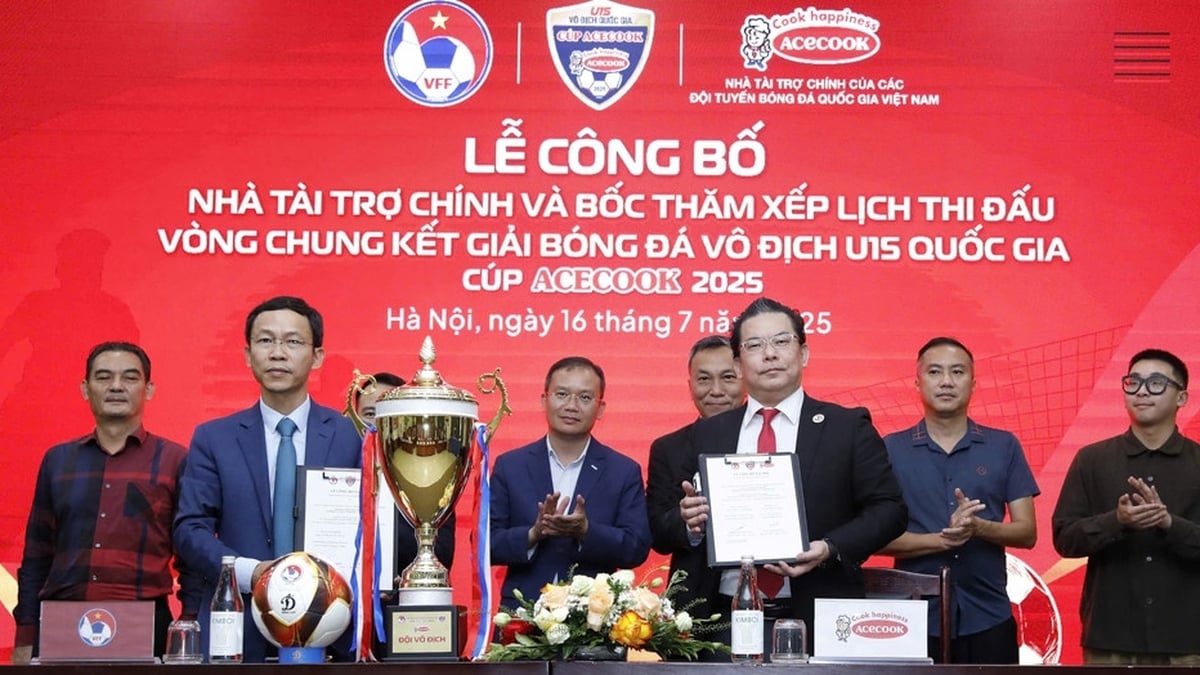
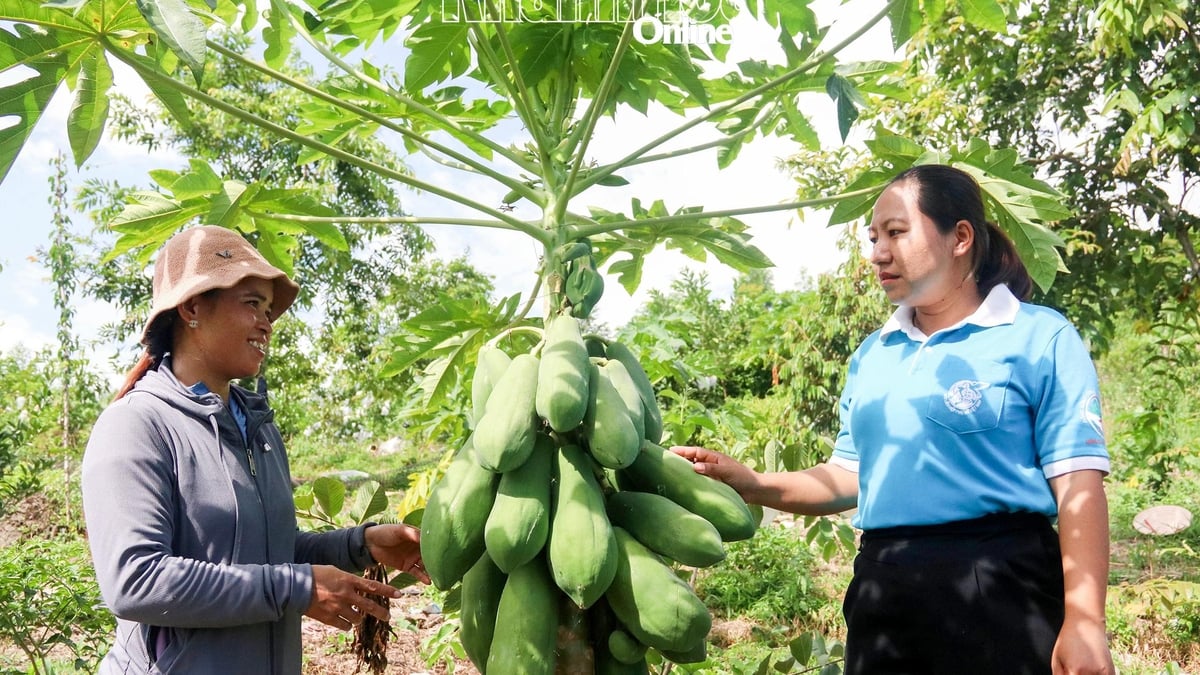
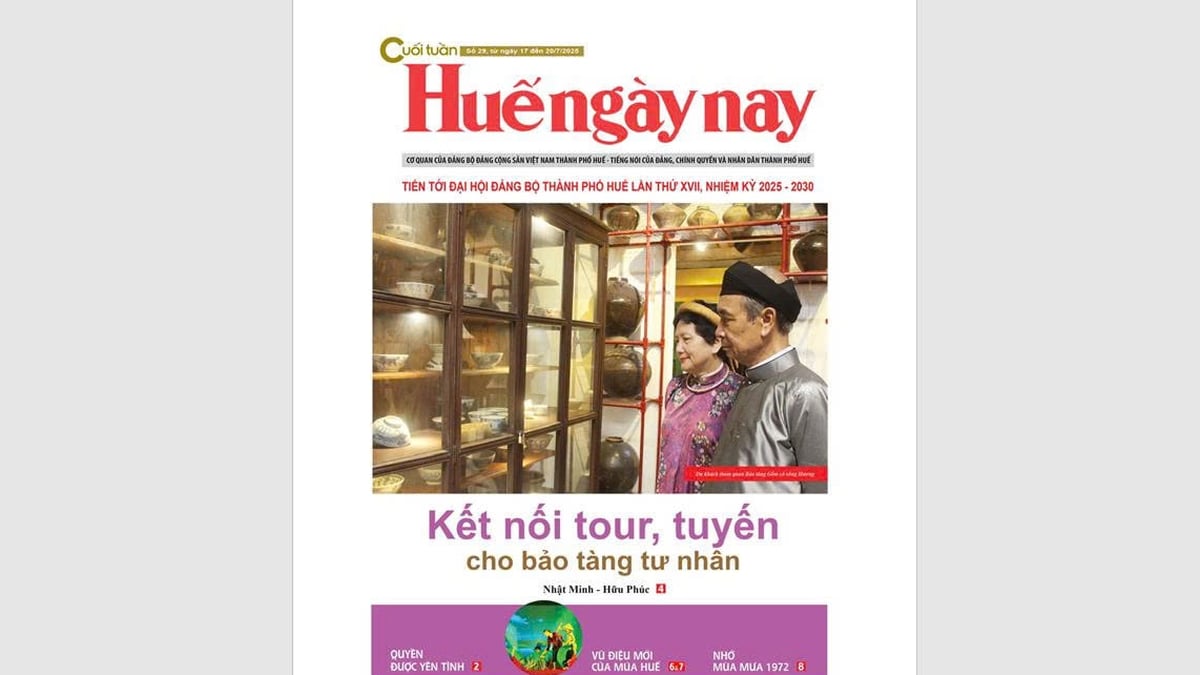

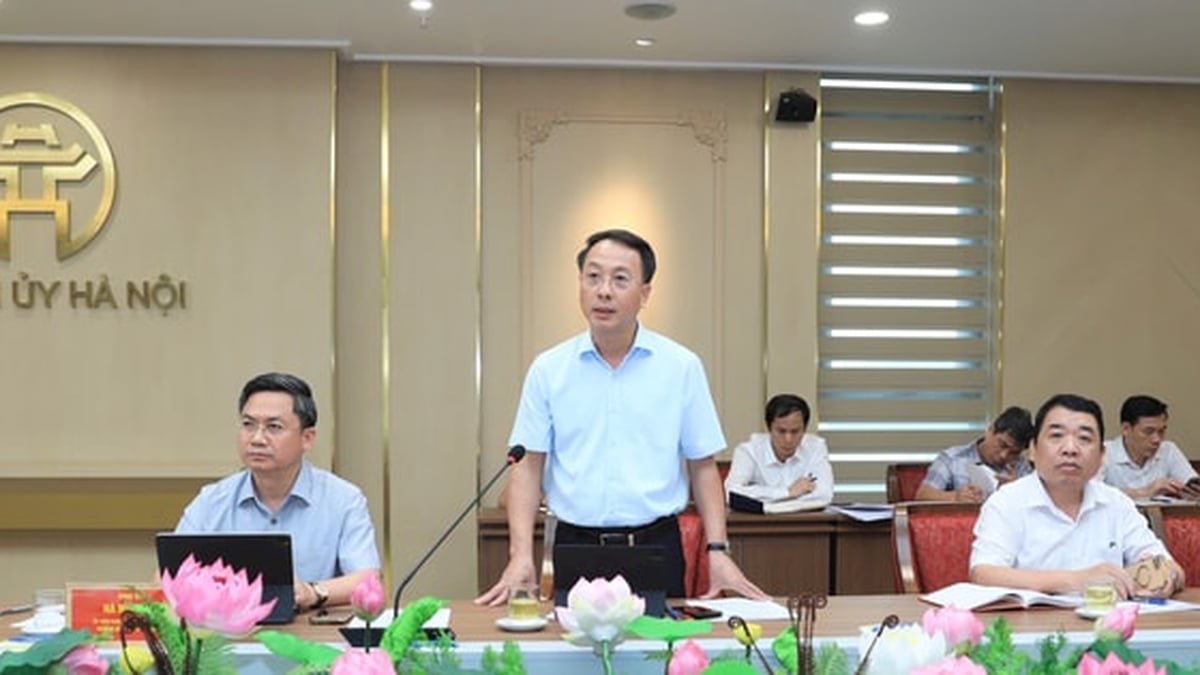
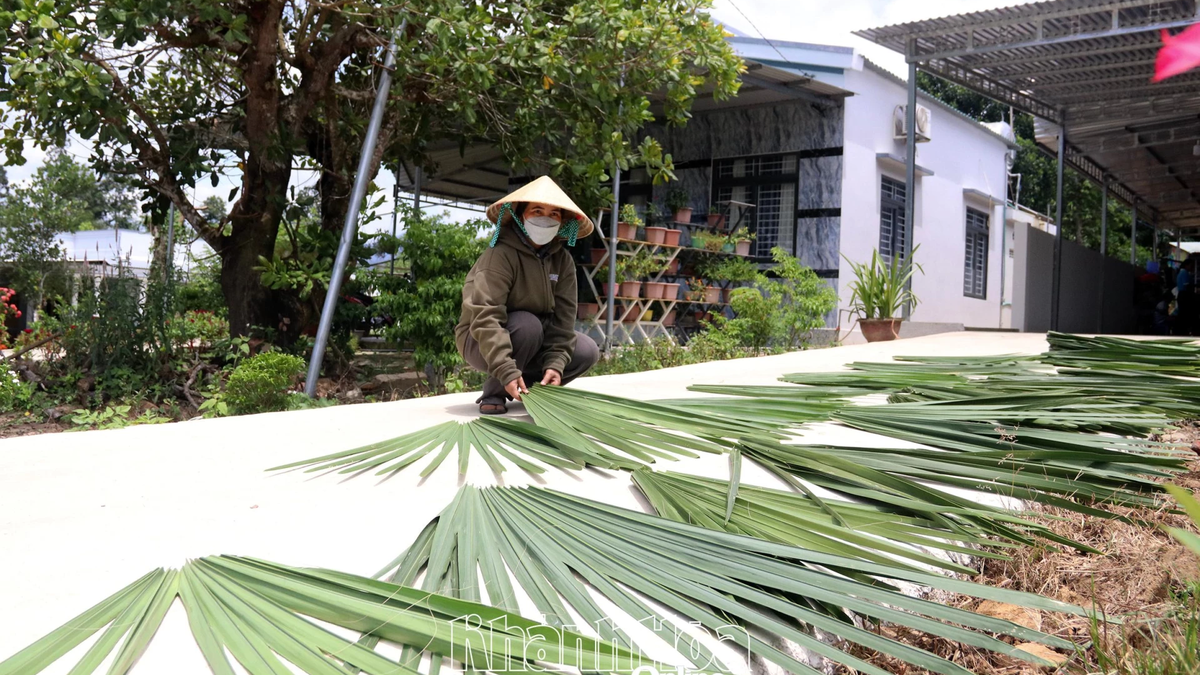

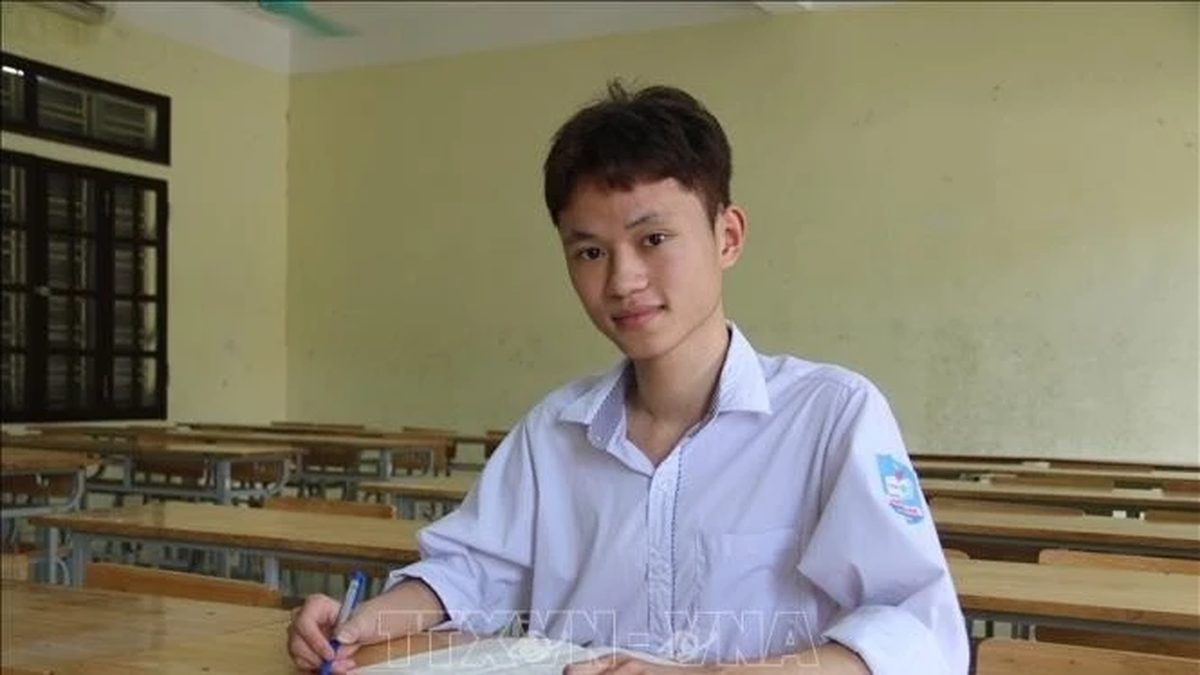









































![[Maritime News] More than 80% of global container shipping capacity is in the hands of MSC and major shipping alliances](https://vphoto.vietnam.vn/thumb/402x226/vietnam/resource/IMAGE/2025/7/16/6b4d586c984b4cbf8c5680352b9eaeb0)













































Comment (0)